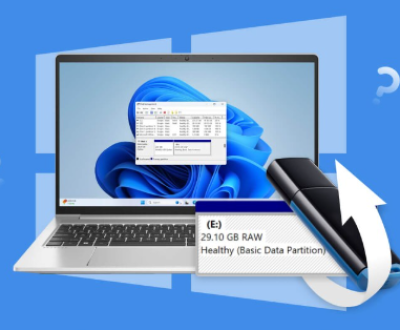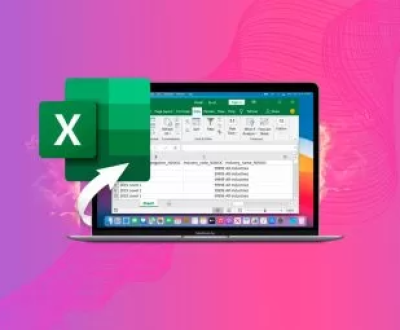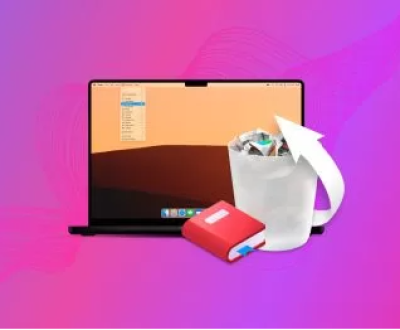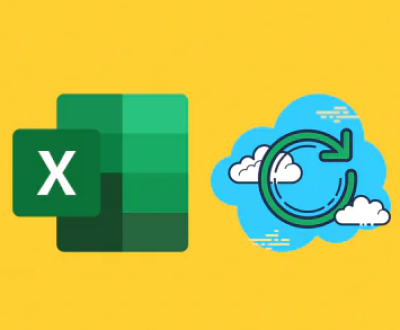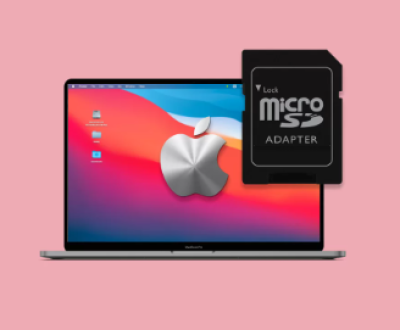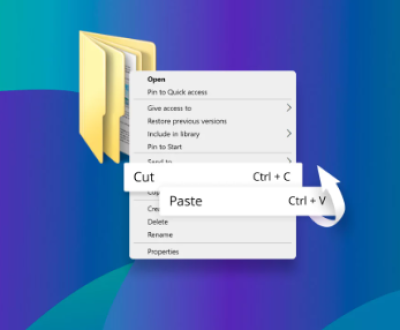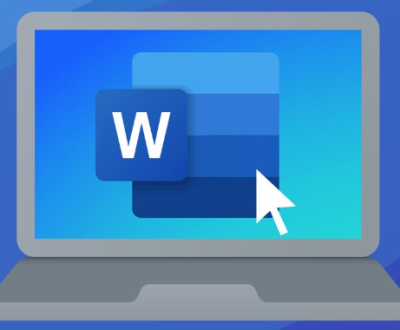Accessing the Recycle Bin folder is a straightforward task, but understanding its functionality, limitations, and nuances can enhance your experience.
What Is the Recycle Bin?
Before we dive into how to access the Recycle Bin folder, it’s important to understand what the Recycle Bin is and how it functions.
The Recycle Bin is a feature provided by most operating systems (OS), including Windows, macOS, and Linux. It temporarily stores files that have been deleted by the user, but not permanently erased. This allows for the possibility of recovering accidentally deleted files without the need for advanced data recovery tools. However, once the Recycle Bin is emptied or the file’s retention period expires, the file is permanently deleted and no longer recoverable through this method.
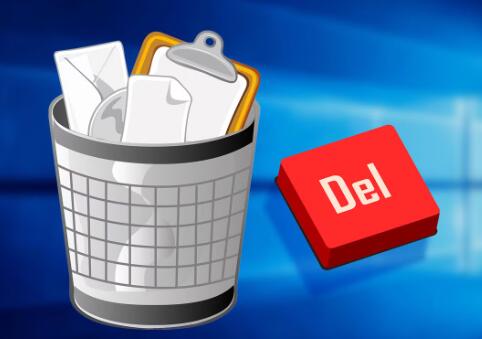
The Recycle Bin in Windows
In Windows, accessing the Recycle Bin is simple, but it can vary slightly depending on the version you are using. Windows 10 and Windows 11 offer similar ways to interact with the Recycle Bin, while older versions, like Windows 7 or XP, have slightly different interfaces.
Accessing the Recycle Bin on Windows 10 and 11
Via the Desktop:
The Recycle Bin icon is usually located on the desktop by default. To access it, simply double-click the icon.
If the icon is missing, you can restore it by right-clicking the desktop, selecting “Personalize,” and then navigating to “Themes” > “Desktop icon settings” where you can check the “Recycle Bin” box.
Via File Explorer:
You can also access the Recycle Bin through File Explorer by typing Recycle Bin in the address bar and pressing Enter.
This opens the Recycle Bin folder directly, where you can view deleted files and folders.
Right-click on the Start Menu:
On Windows 10 and Windows 11. you can right-click on the Start menu, select “Run,” and then type shell:RecycleBinFolder followed by pressing Enter. This opens the Recycle Bin folder in File Explorer.
Using Search:
Type “Recycle Bin” in the Windows search bar and select it from the search results. This will open the Recycle Bin directly, where you can view and manage your deleted files.
Context Menu:
You can also open the Recycle Bin by right-clicking on the desktop or in File Explorer and selecting “Open Recycle Bin” from the context menu.
Accessing the Recycle Bin in Older Versions of Windows
Windows 7 or Earlier:
The process is similar to Windows 10 and 11. with the Recycle Bin typically appearing on the desktop. If it’s not visible, you can restore it by right-clicking the desktop and selecting “Personalize.” From there, you can navigate to the “Change desktop icons” option and check the Recycle Bin box.
Windows XP:
In Windows XP, the Recycle Bin is accessible by double-clicking the icon on the desktop. If you cannot find the icon, right-click on the desktop and choose “Properties” to navigate to the “Desktop” tab where you can select “Customize Desktop” and enable the Recycle Bin.
The Recycle Bin in macOS
macOS doesn’t technically have a “Recycle Bin” but rather a Trash. The Trash functions in the same way as the Recycle Bin, allowing users to store deleted files temporarily before they are permanently removed from the system.
Accessing the Trash on macOS
Via the Dock:
The Trash icon is usually located on the far right of the Dock at the bottom of the screen. To access it, simply click on the Trash icon, which opens a Finder window showing the contents of the Trash.
Using Finder:
You can also access the Trash by opening a Finder window and selecting “Go” > “Go to Folder” from the menu bar. Type ~/.Trash and hit Enter. This will open the Trash folder, where deleted items are temporarily stored.
Via Keyboard Shortcuts:
You can also open the Trash by pressing Command + Shift + Delete when Finder is the active application. This opens the Trash folder for you to view or recover files.
From the Menu Bar:
In Finder, you can navigate to the “Go” menu and choose “Go to Folder…” then type /Users/YourUsername/.Trash to access the Trash folder.
The Recycle Bin in Linux
On Linux, the equivalent of the Recycle Bin is called the Trash as well. However, the process of accessing it can vary depending on the desktop environment you’re using (e.g., GNOME, KDE, or others).
Accessing the Trash on Linux
Using File Manager:
In most Linux desktop environments, you can access the Trash through the file manager. For example, in GNOME, you can open the file manager, navigate to the sidebar, and click on the “Trash” option. In KDE, you can find it by opening Dolphin and selecting the Trash icon from the left panel.
From the Desktop:
Like on macOS, many Linux environments place the Trash icon on the desktop by default. If it’s there, you can double-click it to open the Trash folder.
Command Line:
You can access the Trash folder directly using the terminal. The trash folder is usually located at ~/.local/share/Trash/ for most Linux distributions. You can use commands like cd ~/.local/share/Trash/files/ to access the files in the Trash.
Using a File Browser:
In many Linux systems, you can also access the Trash from the file browser, where the Trash is often located as a distinct folder in the home directory.
Recycle Bin Structure and How It Works
Understanding the structure and functioning of the Recycle Bin (or Trash) is essential for effective file management.
Windows Recycle Bin Structure
In Windows, the contents of the Recycle Bin are stored in a hidden folder on each drive. Each drive that has deleted files will have its own Recycle Bin. These folders are located at:
bash
C:\$Recycle.Bin
The $Recycle.Bin folder is hidden, so you may need to enable hidden files and folders in File Explorer to view it. Within this folder, deleted files are stored in a subdirectory corresponding to your user account. Windows uses a special format for storing deleted files, so they cannot be directly accessed from this folder without using the Recycle Bin interface.
macOS Trash Structure
On macOS, deleted files are temporarily stored in a folder called .Trash. This folder is located in your home directory:
bash
~/.Trash
The .Trash folder works similarly to Windows’ Recycle Bin in that deleted files are stored here until you empty the Trash. You cannot access these files directly unless you go into the Trash folder using Finder or through the terminal.
Linux Trash Structure
In Linux, deleted files are stored in a special folder within the user’s home directory. The Trash is located in:
bash
~/.local/share/Trash/files/
Deleted files are stored here, and they remain there until you either recover them or permanently delete them by emptying the Trash.
Best Practices for Managing the Recycle Bin
To ensure that you are using the Recycle Bin effectively, here are some best practices:
Regularly Empty the Recycle Bin:
Files in the Recycle Bin still take up space on your hard drive, so it’s a good idea to periodically empty it. In Windows, you can set the system to automatically delete files from the Recycle Bin after a certain period.
Use Keyboard Shortcuts:
In Windows, you can quickly open the Recycle Bin by pressing Windows + R, typing shell:RecycleBinFolder, and pressing Enter.
On macOS, you can use Command + Shift + Delete to open the Trash.
Restore Files You Need:
If you accidentally delete files, don’t immediately empty the Recycle Bin. Check it first to see if you can restore the file. In Windows, you can simply right-click on the file and select “Restore.” On macOS, you can drag files back to the desktop.
Organize Your Files Before Deleting:
Before deleting, consider organizing your files. If you’re unsure about a file, move it to a different folder instead of deleting it outright.
About us and this blog
Panda Assistant is built on the latest data recovery algorithms, ensuring that no file is too damaged, too lost, or too corrupted to be recovered.
Request a free quote
We believe that data recovery shouldn’t be a daunting task. That’s why we’ve designed Panda Assistant to be as easy to use as it is powerful. With a few clicks, you can initiate a scan, preview recoverable files, and restore your data all within a matter of minutes.
Subscribe to our newsletter!
More from our blog
See all postsRecent Posts
- Retrieve files from usb 2025-07-04
- How to retrieve overwritten excel file 2025-07-04
- How to retrieve lost files on sd card 2025-07-04

 Try lt Free
Try lt Free Recovery success rate of up to
Recovery success rate of up to

